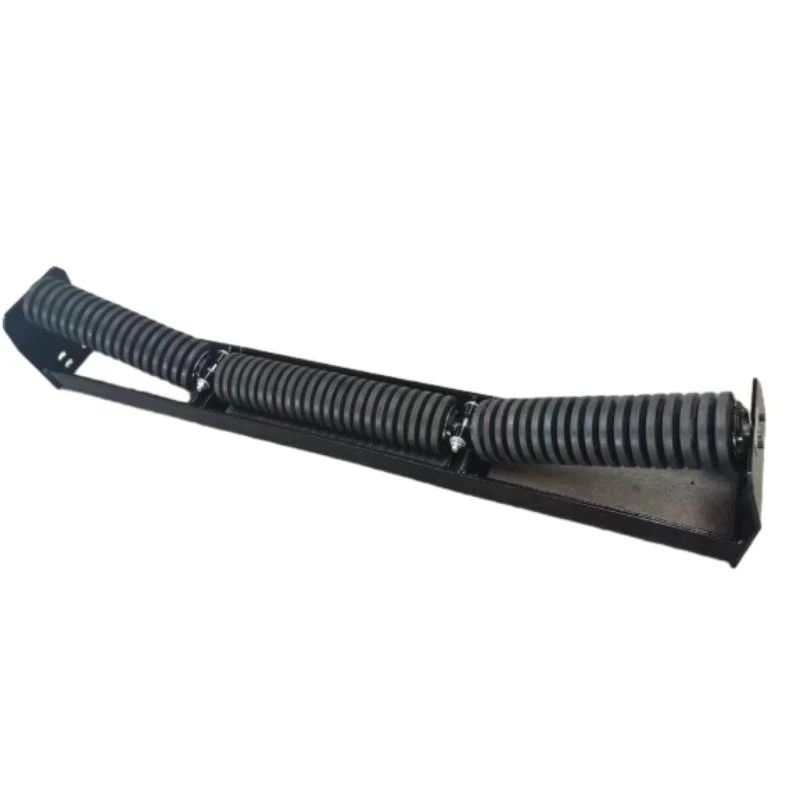 Afrikaans
Afrikaans  Albanian
Albanian  Amharic
Amharic  Arabic
Arabic  Armenian
Armenian  Azerbaijani
Azerbaijani  Basque
Basque  Belarusian
Belarusian  Bengali
Bengali  Bosnian
Bosnian  Bulgarian
Bulgarian  Catalan
Catalan  Cebuano
Cebuano  Corsican
Corsican  Croatian
Croatian  Czech
Czech  Danish
Danish  Dutch
Dutch  English
English  Esperanto
Esperanto  Estonian
Estonian  Finnish
Finnish  French
French  Frisian
Frisian  Galician
Galician  Georgian
Georgian  German
German  Greek
Greek  Gujarati
Gujarati  Haitian Creole
Haitian Creole  hausa
hausa  hawaiian
hawaiian  Hebrew
Hebrew  Hindi
Hindi  Miao
Miao  Hungarian
Hungarian  Icelandic
Icelandic  igbo
igbo  Indonesian
Indonesian  irish
irish  Italian
Italian  Japanese
Japanese  Javanese
Javanese  Kannada
Kannada  kazakh
kazakh  Khmer
Khmer  Rwandese
Rwandese  Korean
Korean  Kurdish
Kurdish  Kyrgyz
Kyrgyz  Lao
Lao  Latin
Latin  Latvian
Latvian  Lithuanian
Lithuanian  Luxembourgish
Luxembourgish  Macedonian
Macedonian  Malgashi
Malgashi  Malay
Malay  Malayalam
Malayalam  Maltese
Maltese  Maori
Maori  Marathi
Marathi  Mongolian
Mongolian  Myanmar
Myanmar  Nepali
Nepali  Norwegian
Norwegian  Norwegian
Norwegian  Occitan
Occitan  Pashto
Pashto  Persian
Persian  Polish
Polish  Portuguese
Portuguese  Punjabi
Punjabi  Romanian
Romanian  Russian
Russian  Samoan
Samoan  Scottish Gaelic
Scottish Gaelic  Serbian
Serbian  Sesotho
Sesotho  Shona
Shona  Sindhi
Sindhi  Sinhala
Sinhala  Slovak
Slovak  Slovenian
Slovenian  Somali
Somali  Spanish
Spanish  Sundanese
Sundanese  Swahili
Swahili  Swedish
Swedish  Tagalog
Tagalog  Tajik
Tajik  Tamil
Tamil  Tatar
Tatar  Telugu
Telugu  Thai
Thai  Turkish
Turkish  Turkmen
Turkmen  Ukrainian
Ukrainian  Urdu
Urdu  Uighur
Uighur  Uzbek
Uzbek  Vietnamese
Vietnamese  Welsh
Welsh  Bantu
Bantu  Yiddish
Yiddish  Yoruba
Yoruba  Zulu
Zulu Innovative Approaches to Designing Conveyor Belt Idlers for Enhanced Efficiency and Durability
Conveyor Belt Idler Design A Key Component in Material Handling Systems
Conveyor belt systems play a pivotal role in various industries, facilitating the efficient transportation of materials. At the heart of these systems lies an essential component the conveyor belt idler. The design of these idlers is crucial in ensuring the smooth operation of conveyor systems, ultimately impacting productivity and operational costs.
What is a Conveyor Belt Idler?
A conveyor belt idler is a roller that supports the conveyor belt, helping to maintain its tension and alignment as it moves materials from one location to another. Idlers are often found at various intervals along the conveyance path, enabling the belt to navigate curves and elevation changes. Their design significantly influences the overall performance of the conveyor system, including its capacity, speed, and longevity.
Types of Conveyor Belt Idlers
Idlers can be categorized based on their design and function. The most common types include
1. Carrying Idlers These are installed on the load-carrying side of the conveyor belt to support the weight of the material being transported. They typically have a slightly angled design to help keep materials centered on the belt.
2. Return Idlers Positioned on the return side of the conveyor, return idlers support the belt as it moves back to the loading zone. They are essential for maintaining tension and preventing sagging.
3. Impact Idlers Found at loading zones, impact idlers absorb the energy of falling materials and reduce potential damage to the belt, increasing the overall lifespan of the conveyor system.
4. Training Idlers These idlers help align the belt, ensuring it stays centered and minimizes wear. They are crucial for preventing misalignment, which can lead to material spillage and increased maintenance costs.
Key Design Considerations
conveyor belt idler design

Designing an effective conveyor belt idler involves several critical considerations
1. Material Selection Idlers must be made from durable materials capable of withstanding the stresses of continuous operation. Common materials include steel, rubber, and plastic, each chosen based on specific environmental conditions and load requirements.
2. Roller Diameter The diameter of the idler roller affects the friction and wear on the belt. Larger rollers typically reduce frictional forces, leading to improved efficiency. Conversely, smaller rollers may be advantageous in situations where space is constrained.
3. Spacing Proper spacing between idlers is vital for effective load distribution and minimizing sagging. The spacing should be determined based on the width of the conveyor belt and the weight of the materials being transported.
4. Installation Angle The angle at which the idler is installed can impact the belt's tracking ability and material flow. Carrying idlers are typically installed at a slight angle to help direct the materials towards the center of the belt.
5. Environmental Factors Idlers designed for outdoor use must be resistant to weather conditions, such as moisture, UV exposure, and temperature extremes. Corrosion-resistant coatings may be necessary to prolong the life of the idlers in harsh environments.
Maintenance and Upkeep
Regular maintenance of conveyor belt idlers is essential to prevent system failures and ensure optimal performance. Maintenance tasks include inspecting for wear and tear, checking for proper alignment, lubricating moving parts, and replacing any damaged components promptly. A well-maintained idler system can significantly reduce downtime and extend the lifespan of the conveyor belt.
Conclusion
The design of conveyor belt idlers is a critical aspect of material handling systems. By carefully considering the types, materials, dimensions, and maintenance of idlers, businesses can enhance their conveyor system's efficiency and reliability. As industries continue to evolve and demand for greater productivity increases, the importance of innovative idler designs will only grow. Emphasizing sound engineering principles in idler design not only maximizes the lifespan of conveyor systems but also contributes to overall operational success.
-
Trusted Conveyor Solutions from Leading Conveyor Idler Roller ManufacturersNewsJun.27,2025
-
Reliable Return Idler Solutions for Efficient Belt Conveyor SystemsNewsJun.27,2025
-
Precision Conveyor Accessories for Streamlined Material HandlingNewsJun.27,2025
-
High-Quality Belt Conveyor Idler Solutions for Efficient Material HandlingNewsJun.27,2025
-
High-Performance Belt Conveyor Pulleys for Reliable Material HandlingNewsJun.27,2025
-
Enhancing Material Handling EfficiencyNewsJun.27,2025





























